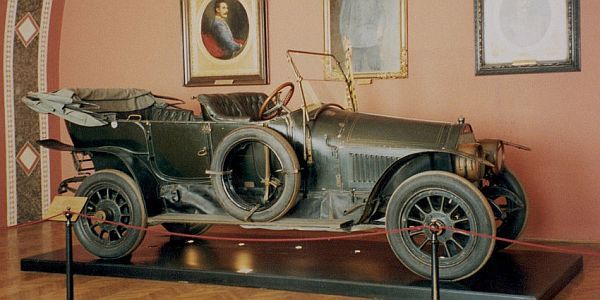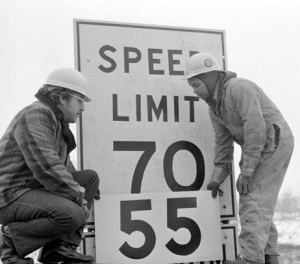She'll be right.
In November 1943, the 2nd New Zealand Infantry Division as part of Monty's 8th Army began moving up the Adriatic side of the Italy following a Division level reorganisation - replacing one it's Infantry Regiments with an Armoured Regiment. The inclusion of an armoured regiment of Shermans in a standard Infantry Division made the Division's OOB quite unique, but was also the cause of considerable problems in the Italian theatre, plagued with poor narrow roads and muddy conditions.
As the Division crossed the Sangro river on it's approach to Orsogna, a couple of Shermans became bogged while attempting to cross at a rocky ford. A Bailey Bridge was brought forward to span the river and construction took place overnight to conceal Kiwi troops from German observation from the hills overlooking the river. As construction neared completion it was discovered the river's width was 110 feet but the Bridge could only extend 90 feet. To overcome this obstacle the Kiwi Sappers adjusted the bridge to diagonally cross the river while fixing both ends heavily into the rocky river banks. Each side was then 'extended' with nearby timber and other building materials - the end result not exactly being a standard straight bridge. When dawn came the Germans spotted the new construction and ordered an artillery strike. The bridge survived but it's peculiar angle when viewed from distance fooled the Germans into thinking the Bailey Bridge was out of commission. It was the only bridge constructed that never came under renewed German fire as the days and weeks progressed. It was a reliable Kiwi supply route for most of the Orsogna campaign.
In November 1943, the 2nd New Zealand Infantry Division as part of Monty's 8th Army began moving up the Adriatic side of the Italy following a Division level reorganisation - replacing one it's Infantry Regiments with an Armoured Regiment. The inclusion of an armoured regiment of Shermans in a standard Infantry Division made the Division's OOB quite unique, but was also the cause of considerable problems in the Italian theatre, plagued with poor narrow roads and muddy conditions.
As the Division crossed the Sangro river on it's approach to Orsogna, a couple of Shermans became bogged while attempting to cross at a rocky ford. A Bailey Bridge was brought forward to span the river and construction took place overnight to conceal Kiwi troops from German observation from the hills overlooking the river. As construction neared completion it was discovered the river's width was 110 feet but the Bridge could only extend 90 feet. To overcome this obstacle the Kiwi Sappers adjusted the bridge to diagonally cross the river while fixing both ends heavily into the rocky river banks. Each side was then 'extended' with nearby timber and other building materials - the end result not exactly being a standard straight bridge. When dawn came the Germans spotted the new construction and ordered an artillery strike. The bridge survived but it's peculiar angle when viewed from distance fooled the Germans into thinking the Bailey Bridge was out of commission. It was the only bridge constructed that never came under renewed German fire as the days and weeks progressed. It was a reliable Kiwi supply route for most of the Orsogna campaign.



















































































